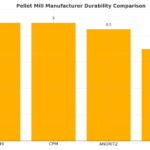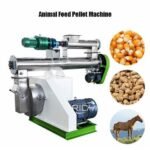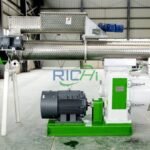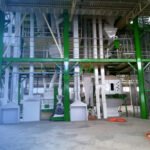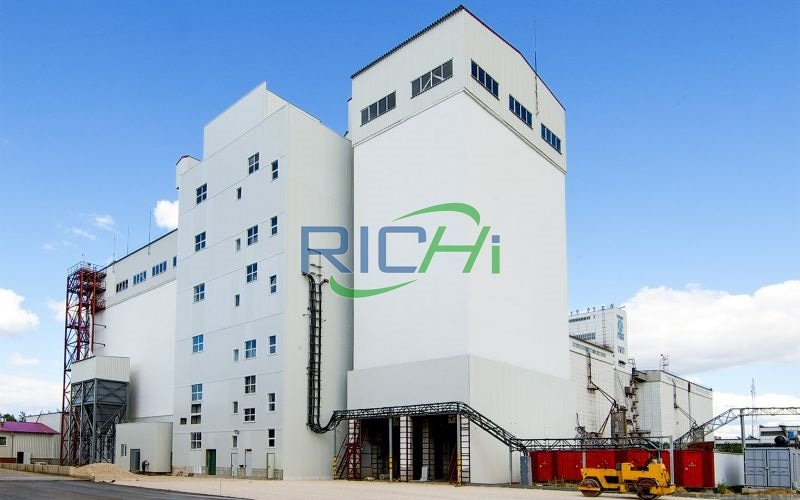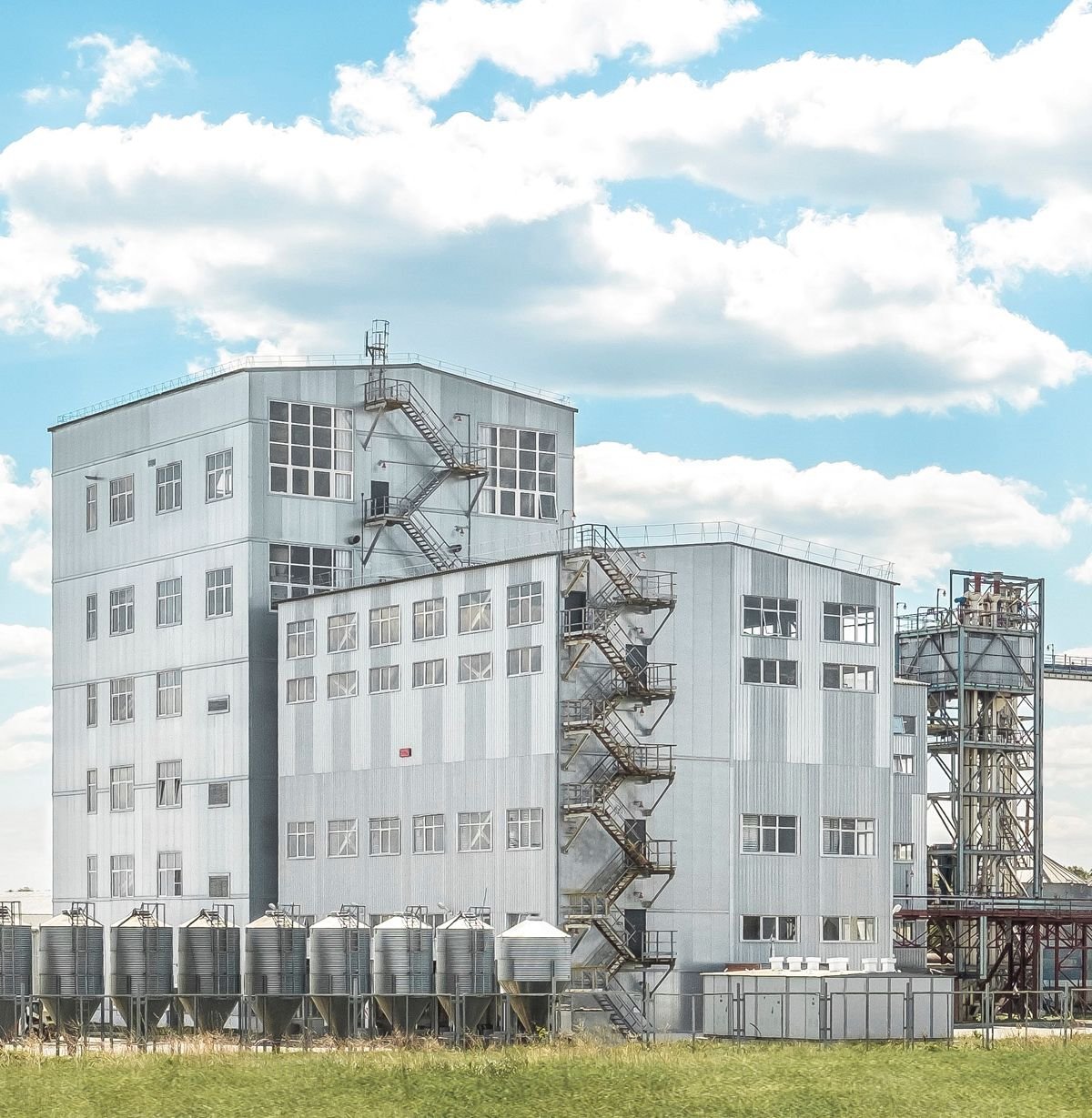The concept of sustainability has become a driving force in many industries, and organic fertilizer production is no exception. The agricultural sector, in particular, has seen a growing need for eco-friendly and energy-efficient solutions to meet both environmental concerns and consumer demand for sustainable products. Integrating renewable energy sources into organic fertilizer production lines is one such solution that can help reduce the carbon footprint of production processes while promoting environmentally friendly practices. This article explores how renewable energy can be incorporated into organic fertilizer production, the benefits of such integration, and the future prospects of this trend.
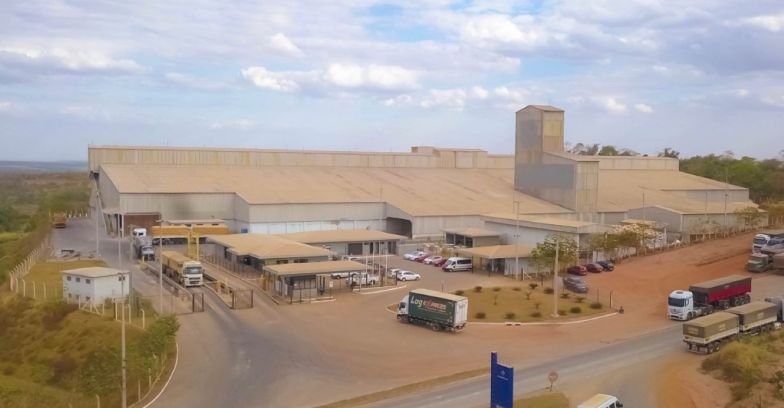
Why Renewable Energy is Important in Organic Fertilizer Production
Organic fertilizer production is an energy-intensive process, as it involves multiple stages such as composting, grinding, drying, granulation, and packaging. These processes often require the use of fossil fuels, which contribute to greenhouse gas emissions and climate change. Given the increasing global focus on sustainability, transitioning to renewable energy sources in organic fertilizer production can help reduce environmental impacts, lower operating costs, and create a more sustainable supply chain.
- Reducing Carbon Footprint: Fossil fuel consumption in fertilizer production contributes to the overall carbon footprint of the agriculture sector. By integrating renewable energy sources such as solar, wind, and biogas, manufacturers can significantly reduce emissions and contribute to the global fight against climate change. For example, using solar panels to power energy-intensive stages like drying and grinding can help lower reliance on grid electricity, which often comes from non-renewable sources.
- Lowering Operating Costs: In addition to the environmental benefits, using renewable energy can also lead to long-term cost savings for manufacturers. While the initial investment in renewable energy systems can be significant, the operational costs of renewable energy are generally much lower than those of fossil fuels. Over time, the cost of energy consumption can be reduced, and the savings can be reinvested into other aspects of the production process, such as research and development, equipment upgrades, or workforce training.
- Improving Energy Efficiency: Incorporating renewable energy can help optimize energy use in the fertilizer production process. For instance, solar panels can provide power during daylight hours, while wind turbines can generate energy during windy conditions. By utilizing these renewable sources in combination with conventional energy systems, manufacturers can create a more efficient and resilient energy supply for their operations. (Related post: organic fertilizer production project )
How Renewable Energy Can Be Integrated into Organic Fertilizer Production Lines
There are several ways renewable energy can be integrated into organic fertilizer production lines, depending on the specific needs of the facility, the available resources, and the type of renewable energy that is most accessible. Some of the key integration strategies include:
- Solar Energy: Solar power is one of the most common forms of renewable energy used in industrial settings, and it has significant potential in organic fertilizer production. Solar panels can be installed on the rooftops of production facilities or nearby areas to harness sunlight. Solar energy can be used to power various production stages, such as drying, milling, and packaging. In some cases, excess energy generated by the solar panels can be stored in batteries or sold back to the grid, providing additional financial benefits.
- Application: Solar energy can be particularly effective in regions with abundant sunlight, making it a cost-effective energy source for organic fertilizer manufacturers in such areas.
- Wind Energy: Wind turbines are another renewable energy source that can be integrated into organic fertilizer production lines. In areas with consistent wind patterns, wind energy can be used to generate electricity for powering equipment like grinders, mixers, and conveyors. Wind energy can also be used in combination with solar power to ensure a steady supply of renewable energy, particularly during periods when solar output is low (e.g., cloudy days or nighttime).
- Application: Wind energy is suitable for production facilities located in areas with strong and consistent wind conditions, such as coastal or open-field locations.
- Biogas: Organic fertilizer production often involves the use of organic waste materials such as manure, crop residues, and other biodegradable matter. These materials can be processed through anaerobic digestion to produce biogas, which can then be used as a renewable energy source. Biogas can be used to power various stages of production, such as heating, drying, and steam generation. In some cases, the byproducts of anaerobic digestion (e.g., digestate) can be used as additional raw material for composting or granulation.
- Application: Biogas is ideal for fertilizer producers who work with large quantities of organic waste and have access to anaerobic digestion technology. It is particularly suitable for poultry, livestock, and agricultural waste-based fertilizer production lines.
- Hydropower: In certain regions, hydropower can be a viable renewable energy option for organic fertilizer production. If the production facility is located near a water source, small-scale hydroelectric systems can be installed to generate electricity. This energy can be used to power the production line or be stored for later use. Hydropower is especially effective in areas where there is a consistent flow of water, such as near rivers or streams.
- Application: Hydropower is most applicable in areas with significant water resources, such as those near rivers or reservoirs.
- Combined Heat and Power (CHP) Systems: A Combined Heat and Power (CHP) system is a technology that generates both electricity and useful heat from a single energy source. CHP systems can be powered by various renewable energy sources, including biogas, biomass, and even solar energy. These systems can be used to provide the heat required for drying and granulation processes, while also generating electricity to power equipment and other operations.
- Application: CHP systems are particularly useful for organic fertilizer producers who require both heat and electricity in their production process. They can help improve energy efficiency and reduce reliance on external energy sources. (Related post: fertilizer granulator machine)
Benefits of Integrating Renewable Energy into Organic Fertilizer Production
The integration of renewable energy into organic fertilizer production lines offers several key benefits, including:
- Environmental Sustainability: By using renewable energy, organic fertilizer manufacturers can reduce their reliance on fossil fuels and decrease the overall environmental impact of their operations. This aligns with the growing trend of eco-consciousness in agriculture and helps meet sustainability goals.
- Cost Savings: While the initial investment in renewable energy systems can be high, the long-term cost savings can be substantial. By reducing energy costs and increasing energy efficiency, renewable energy can help improve the profitability of organic fertilizer production in the long run.
- Energy Security: Integrating renewable energy into production lines can help manufacturers become less dependent on external energy suppliers, thus improving energy security and resilience. This is especially important in regions where energy supply can be unreliable or expensive.
- Regulatory Compliance: Many governments and regulatory bodies are offering incentives and subsidies for businesses that adopt renewable energy solutions. By incorporating renewable energy into the production process, organic fertilizer manufacturers can take advantage of these incentives and ensure compliance with environmental regulations.
- Market Differentiation: As demand for sustainable products increases, organic fertilizer producers who use renewable energy can differentiate themselves from competitors. Marketing renewable energy integration as part of the production process can appeal to environmentally-conscious consumers and strengthen the brand’s reputation.
Challenges and Future Prospects
Despite the many benefits, the integration of renewable energy into organic fertilizer production lines also comes with some challenges. These include:
- High Initial Investment: The upfront costs of installing renewable energy systems, such as solar panels or wind turbines, can be substantial. Manufacturers must weigh the long-term benefits against the initial investment to ensure that the integration is financially viable.
- Energy Storage: Renewable energy sources such as solar and wind are intermittent, meaning they may not always generate power when needed. Energy storage solutions, such as batteries or grid connections, are necessary to ensure a consistent energy supply. The cost and complexity of these systems can be a barrier to adoption.
- Technical Expertise: Implementing renewable energy solutions requires technical expertise and specialized knowledge. Organic fertilizer producers may need to invest in training or hire consultants to ensure that the integration is done effectively and efficiently.
Conclusion
Integrating renewable energy into organic fertilizer production lines is a promising solution for reducing environmental impacts, lowering energy costs, and promoting sustainability in the agricultural sector. As renewable energy technology continues to advance and become more accessible, the potential for its use in organic fertilizer production will only grow. Manufacturers who embrace these technologies can improve their competitiveness, meet consumer demand for sustainable products, and contribute to a greener future for agriculture.


